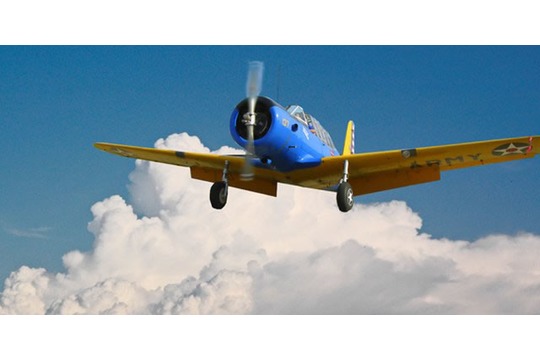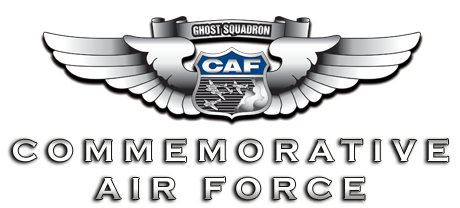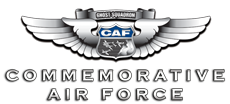BT-15 Little Noodle Dallas/Fort Worth Wing

Description:
Base:
Lancaster, TX
Website:

| BT-15 Specs | |
|---|---|
| Role | |
| Manufacturer | |
| Length | |
| Height | |
| Wingspan | |
| Range | |
The Vultee BT-15 was the basic trainer flown by most American pilots during World War II. It was the second phase of the three phase training program for pilots. After primary training in PT-15, PT-17, or PT-19 trainers, the student pilot moved to the more complex Vultee for continued flight training. The BT-15 had a more powerful engine and was faster and heavier than the primary trainer. It required the student pilot to use two way radio communications with the ground and to operate landing flaps and a two-position Hamilton Standard controllable-pitch propeller. It did not, however, have retractable landing gear nor a hydraulic system. The flaps were operated by a crank-and-cable system. Its pilots nicknamed it the "Vultee Vibrator." Due to the demand for this aircraft, and others which used the same Pratt & Whitney engine, some were equipped with Wright powerplants of similar size and power built in 1941-42. The Wright-equipped aircraft were designated BT-15. The Navy adopted the P&W powered aircraft as their main basic trainer, designating it the SNV.

